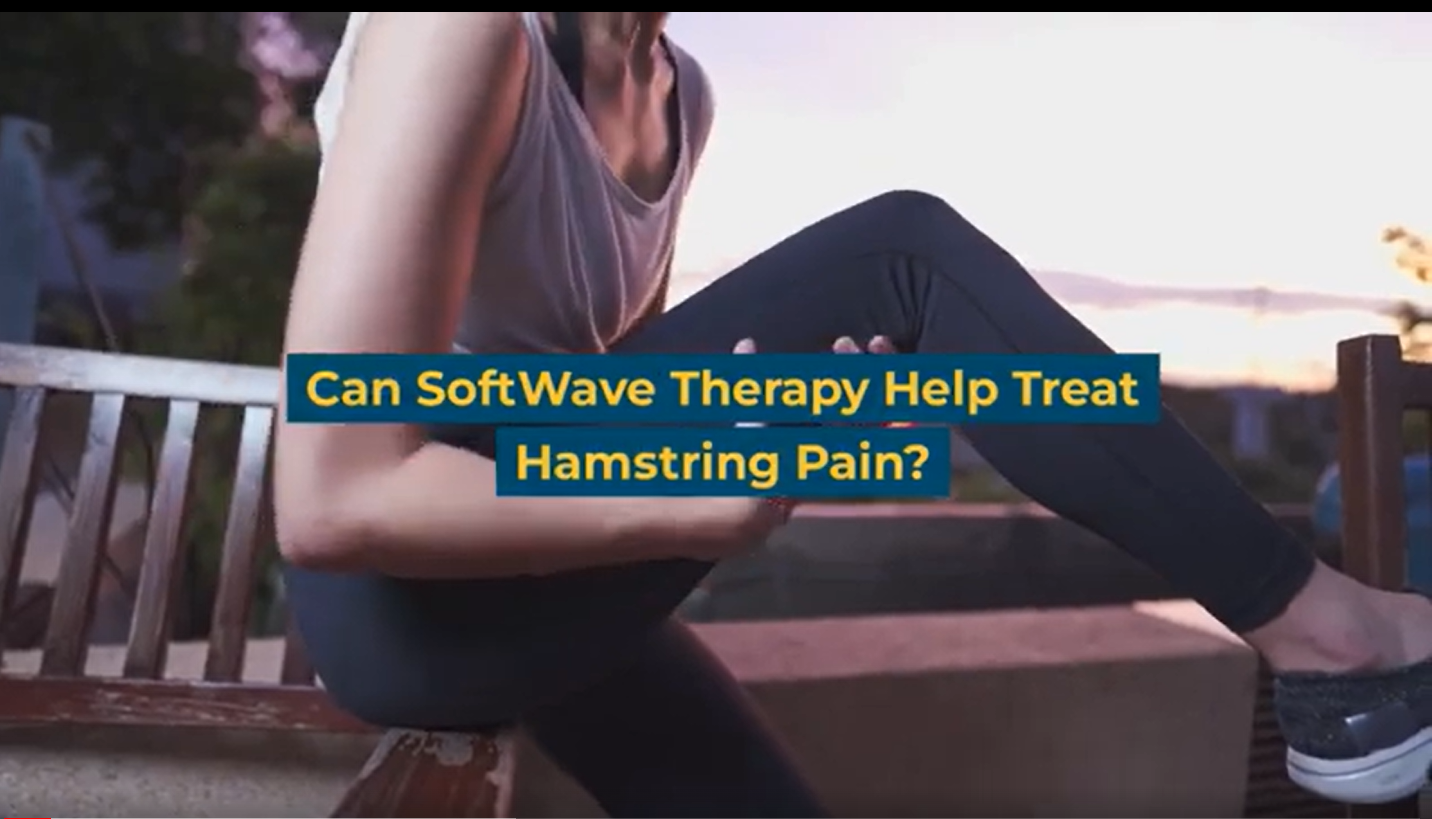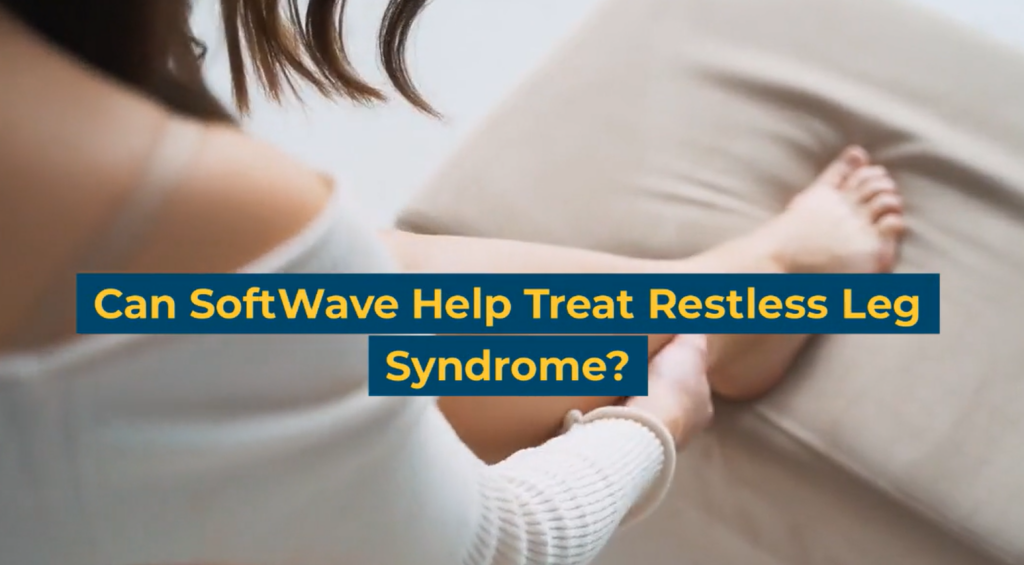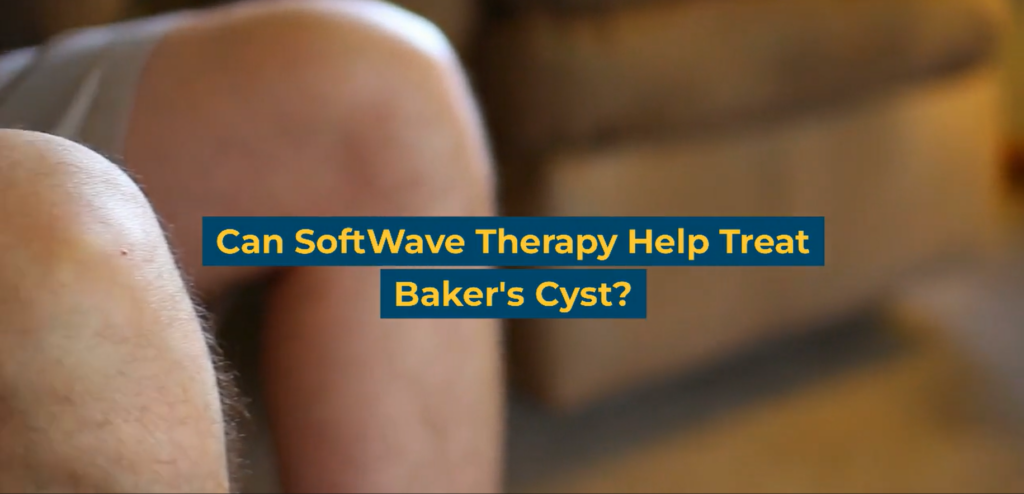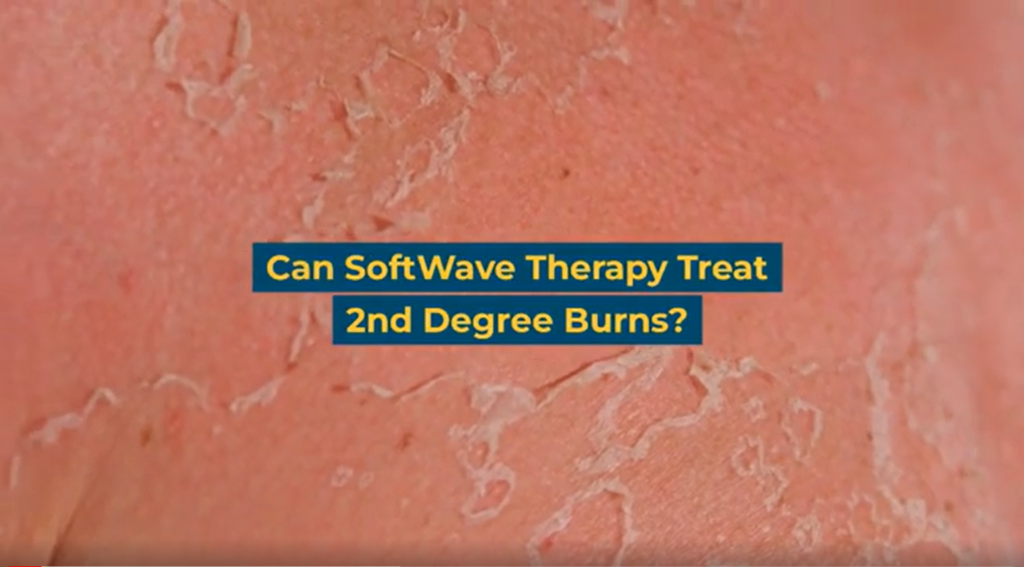Can SoftWave Therapy Help Treat Hamstring Pain?
Hamstring pain can get in the way of staying fit and healthy. It can make moving around and everyday tasks tough, that’s why it’s important to find good ways to treat it. SoftWave therapy stands out as a non-invasive and promising therapeutic option for those grappling with hamstring pain as it helps accelerate the healing process by not only reducing inflammation and alleviating pain but also minimizing the risk of recurring injuries.
New Patient Special
Try SoftWave for just $69 at a clinic near you and learn if you’re a candidate for full treatment
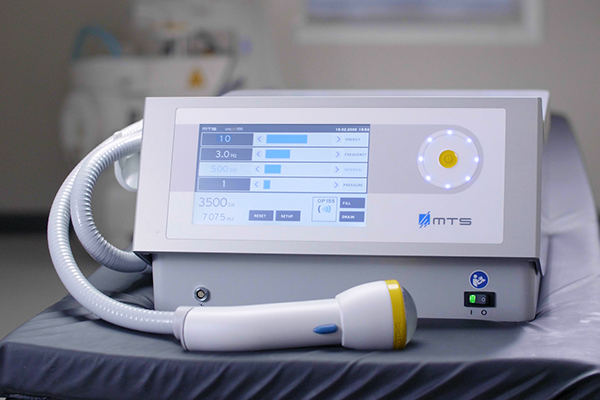
Anatomy of the Hamstring
The hamstring muscles, located at the back of your thigh, consist of three main muscles: the biceps femoris, semitendinosus, and semimembranosus. These muscles are responsible for bending your knee and straightening your hip, allowing you to do activities like running, walking, and kicking a ball.
Hamstring pain often happens due to strains, which occur when these muscles get stretched or torn because of sudden movements or overuse. Overusing your hamstrings by doing the same movements repeatedly can also lead to pain. Sudden, forceful actions and not being flexible enough can hurt your hamstrings.
Symptoms and Diagnosis of Hamstring Pain
Hamstring pain can manifest in several ways, and the symptoms can vary in intensity depending on the severity of the injury or strain. Here are some common symptoms associated with hamstring pain:
- Sharp, Sudden Pain: Intense pain in the thigh’s back during high-speed activities.
- Tenderness, Swelling, Bruising: The affected area becomes sensitive, swollen, and may bruise, particularly after serious strains.
- Muscle Stiffness and Tightness: Hamstring muscles feel rigid and constricted.
- Leg Weakness: Injured leg may show weakness, hindering walking or running.
- Pain with Movements: Discomfort while stretching, bending, sitting, or climbing stairs.
It’s important to consult a healthcare professional for an accurate diagnosis and appropriate treatment plan if you’re experiencing symptoms of hamstring pain.
Traditional Treatments for Hamstring Pain
Hamstring injuries are commonly treated with the RICE method (Rest, Ice, Compression, Elevation), supplemented by physical therapy for strength and flexibility. Pain medications are used for severe discomfort, and in serious cases, surgery might be necessary. These treatments aim to manage pain, reduce swelling, and repair injury.
However, these traditional approaches have limitations. The recovery process can be long and disruptive, and treatments like surgery are expensive and come with potential side effects and risks. This highlights the need for more efficient, cost-effective, and less invasive treatment options for hamstring injuries.
SoftWave Therapy and How Does It Treat Hamstring Pain
SoftWave therapy offers a groundbreaking approach to muscle recovery. It is a non-invasive treatment that uses low-intensity, broad-focused shockwaves to stimulate the body’s natural healing processes.
Here’s how it works:
- Promotes Blood Circulation: The low-intensity, broad-focused shockwaves generated by SoftWave therapy enhance blood flow to the affected hamstring area. Increased blood circulation brings more oxygen and nutrients to the injured tissue, expediting the healing process.
- Cellular Regeneration: SoftWave therapy stimulates cellular activity, encouraging the production of new, healthy tissue. It can promote collagen production and tissue regeneration, which are crucial for healing muscle injuries like hamstring strains.
- Reduces Inflammation and Pain: The acoustic waves can help suppress inflammatory processes and stimulate the production of substances that alleviate pain. By reducing inflammation and pain, SoftWave therapy can enhance mobility and improve the quality of life for individuals suffering from hamstring injuries.
- Quick Recovery: As SoftWave therapy stimulates natural healing processes, it often leads to quicker recovery times compared to traditional treatments, allowing individuals to return to their normal activities sooner.
Advantages of SoftWave Therapy Over Traditional Treatments for Hamstring Pain
When comparing SoftWave therapy with traditional treatments, several advantages come to light. SoftWave therapy typically requires less recovery time, allowing individuals to return to their routines faster. Furthermore, it is a non-invasive procedure with minimal side effects, making it preferable to surgical options. While traditional treatments might be less expensive initially, SoftWave therapy can be more cost-effective in the long run by reducing the likelihood of recurrent injuries and minimizing downtime.
Frequently Asked Questions (FAQs) about SoftWave Therapy
Is SoftWave therapy painful?
SoftWave therapy is generally well-tolerated, with most patients experiencing minimal discomfort during the procedure.
How many sessions are required?
If you are a candidate for treatment, the SoftWave provider will typically recommend a 6 to 12-session SoftWave treatment plan. The number of SoftWave sessions needed will depend on your injuries and your body’s response to therapy. Your plan might also include recommendations to support healing, like stretches or dietary changes.
Is SoftWave therapy suitable for everyone?
While SoftWave therapy is beneficial for many, it is always best to consult with a healthcare professional to determine its suitability for your specific condition.
Got more questions? Read our FAQs!
Experience Relief from Hamstring Pain with SoftWave Therapy Today
Hamstring pain, with its capacity to disrupt normal life, necessitates efficient and swift treatment options. Traditional methods, while beneficial, often come with their own set of limitations. SoftWave treatment, with its innovative approach, offers a beacon of hope for those seeking faster recovery and relief from hamstring pain. Its non-invasive nature, coupled with its ability to promote natural healing, positions it as a strong contender in muscle injury treatments.
SoftWave therapy could be the answer you’ve been seeking. Find a SoftWave therapy provider near you and start your path toward a pain-free life.
Disclaimer: The information provided in this blog is for educational and informational purposes only and is not intended as a substitute for professional medical advice, diagnosis, or treatment. The content provided in this blog should not be used to diagnose or treat any health problems or illnesses. Always consult with a qualified healthcare professional before making any changes to your healthcare routine or treatment plan.
New Patient Special
Try SoftWave for just $69 at a clinic near you. No drugs. No surgery. Just relief.


